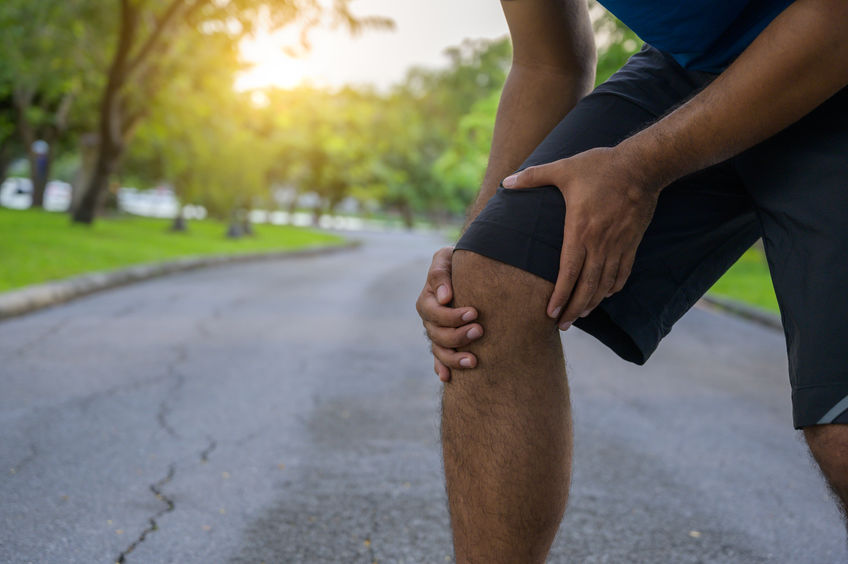Time To Get Active Again
Due to years fighting arthritis or injury, millions of Americans are considering a total joint replacement. The wear and tear on knees or hips can use stiffness, pain, weakness and make movement difficult. By getting a prosthetic joint, pain and stiffness reduce significantly. A new joint is helpful, but most patients are concerned about the recovery period. More importantly, when is walking possible again?
What to expect during surgery
Total joint replacement is a surgical procedure to correct diseased or damaged joints. The goal is to remove the damaged cartilage and joint endings, then install a prosthetic joint. Hip pain and knee pain impact walking, so a total hip or knee replacement can improve movement. Today, orthopedic surgeons use minimally invasive surgery. That means the patient can leave the same day, has less post-operative pain, and has better results. During surgery, the surgeon makes incisions around the joint. Tools allow the surgeon to view the joint, remove the damaged cartilage, and install the new prosthetic.
Assisted walking happens early
With any surgery, there is a recovery period, which depends on the area operated on. Since most procedures are now minimally invasive, recovery starts the next day after discharge. Surprisingly, patients can walk the next day with a cane or walker but only for short distances. During the first 1-2 weeks, walking short distances is encouraged for improved circulation. After 3 weeks, patients should be able to walk for a few minutes unassisted.
Unassisted walking
At the 6-8 week mark, walking further distances is possible unassisted, usually for 10-15 minutes. Monitor the levels of pain during this time, making sure to rest as needed. At this point, the surgeon will request a visit to review the joint. If all goes well, the doctor will allow the patient to drive and resume work. Physical therapy starts well before this stage and continues onward to a full recovery.
When to expect a full recovery
At the 4-month mark, brisk walking and other activities will be possible. At this point, physical therapy would help the body use the new joint. The surgeon will suggest low-impact exercises like swimming, yoga, or cycling. Over 12 months, walking further distances, walking upstairs, and jogging will feel pain-free. Joint replacement has a high success and satisfaction rate.
Get back on your feet with total joint replacement
Replacing a hip or knee replacement can reduce pain and discomfort. However, a full recovery will take some time. Walking after surgery is a common concern, but with a cane or walker, patients can move after a few days. Complete, unassisted movement should be possible after 12 weeks. Speak with a board-certified orthopedic surgeon for advice on speeding up recovery.



